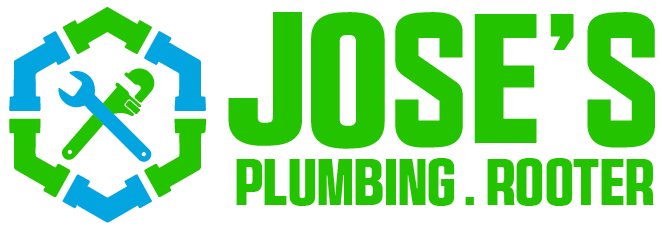
What is a Plumbing Maintenance Schedule and Why is It Important?
A well-structured plumbing maintenance schedule keeps your home’s water systems running efficiently while preventing unexpected leaks or costly repairs. By planning regular inspections and simple checks, homeowners can extend their plumbing’s lifespan, reduce water waste, and avoid emergencies. This guide explains how to create and maintain an effective plumbing maintenance schedule for long-term comfort and peace of mind.
What is a Plumbing Maintenance Schedule and Why is It Important?
A plumbing maintenance schedule is an organized plan designed to keep your home’s plumbing system in top condition. It ensures consistent water pressure, prevents hidden leaks, and reduces repair costs over time.
Do I need a plumbing maintenance schedule?
A plumbing maintenance schedule is a proactive plan that outlines regular inspections and upkeep for your home’s plumbing system. This schedule helps prevent issues like burst pipes, hidden leaks, and water waste. Maintaining pipes, fixtures, and drains routinely also enhances home comfort, ensuring strong water pressure and efficient drainage throughout the year.
When followed consistently, a plumbing maintenance schedule supports your home’s resale value and minimizes emergency repairs. To learn more about plumbing care services, visit Services or explore Emergency Plumbing for urgent needs.
Key Benefits of a Regular Plumbing Maintenance Schedule
Prevents costly leaks and water damage to floors and walls.
Maintains steady water pressure and clean water flow.
Reduces energy and water consumption, saving utility costs.
Extends the life of pipes, faucets, and other plumbing components.
Promotes a healthier home environment by avoiding mold and mildew.
For more professional plumbing support, visit Contact to schedule a consultation.
How to Create Your Plumbing Maintenance Schedule
Creating a personalized plumbing maintenance schedule starts with listing all water fixtures, such as sinks, toilets, and outdoor spigots. Assign monthly, quarterly, and annual tasks that fit your home’s needs. Use reminders on your phone or calendar to stay consistent. Regular maintenance transforms reactive repairs into proactive home care, reducing future headaches.
Monthly Plumbing Tasks
Inspect under-sink areas for leaks or dampness.
Clean sink and shower drains to prevent buildup.
Test water pressure and listen for strange sounds in pipes.
Check faucets for drips or uneven water flow.
Quarterly Plumbing Tasks
Flush the water heater to remove sediment and improve efficiency.
Inspect exposed pipes for corrosion or cracks.
Insulate cold water pipes before winter to prevent freezing.
Tighten any loose fixtures or fittings.
Annual Plumbing Tasks
Schedule a full home plumbing inspection with a certified plumber.
Clean and inspect main sewer lines for blockages or tree root damage.
Replace aging washers, cartridges, or seals on faucets.
Test the home’s water pressure and safety valves.
Frequently Asked Questions
How often should I update my plumbing maintenance schedule?
Review your plumbing maintenance schedule every month to make seasonal adjustments and note any recurring issues.
Can I handle plumbing maintenance myself?
Yes, many tasks like cleaning drains or checking for leaks can be done yourself. For major issues, contact a licensed plumber through the Contact page.
What’s the main benefit of a plumbing maintenance schedule?
It helps prevent costly plumbing emergencies and extends the lifespan of your home’s water system while improving efficiency.
When should I call a professional plumber?
Call a plumber if you notice persistent leaks, sewer odors, or hidden moisture behind walls. Find help at Emergency Plumbing.
Is a plumbing maintenance schedule necessary for new homes?
Yes, even new homes benefit from a maintenance plan to catch installation issues early and maintain warranty conditions.
How-To: Maintain Your Plumbing System Effectively
Start by noting all fixtures and previous plumbing issues.
Assign monthly, quarterly, and annual tasks to each fixture.
Set phone reminders to perform each task consistently.
Use eco-friendly drain cleaners and avoid harsh chemicals.
Contact a professional plumber for complex repairs or inspections.
References
EPA WaterSense – Official guidance on water efficiency and leak prevention.
Contact Us
Santa Clara, CA
24/7 Availability
We Accept Cash, Checks, Zelle, and Credit Cards




